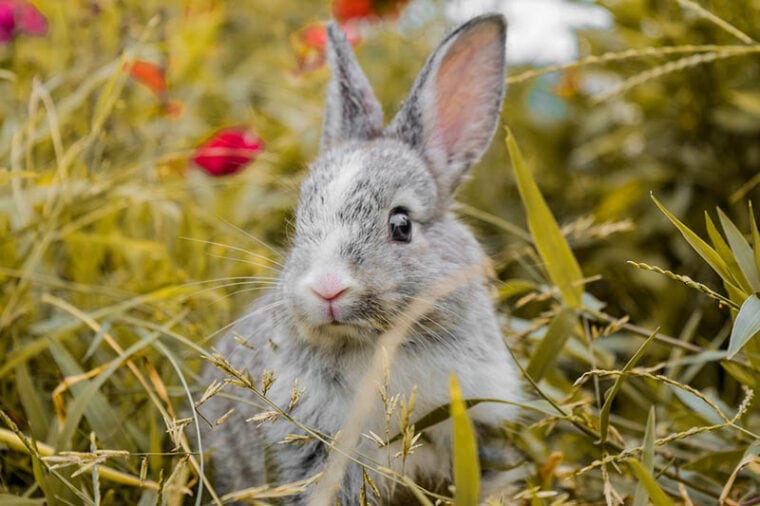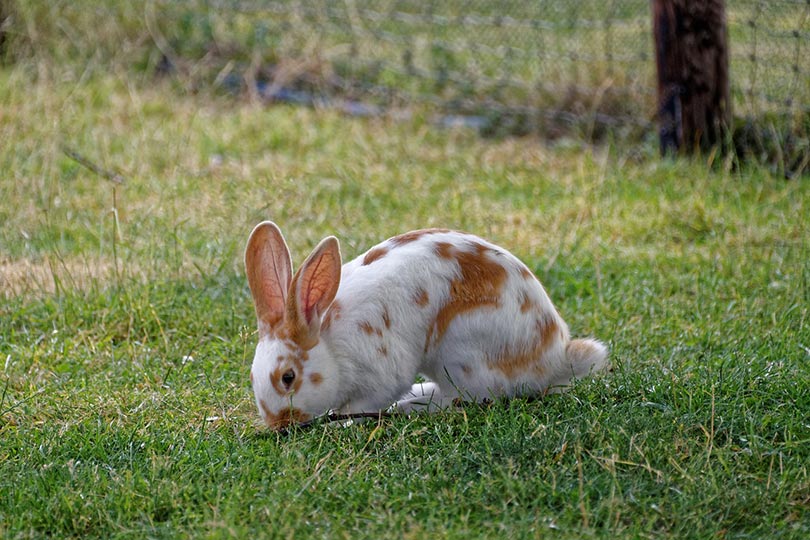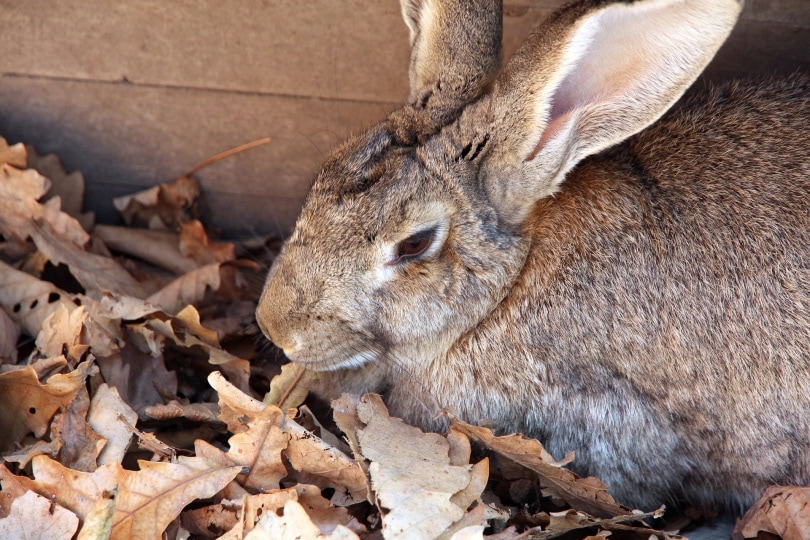
Pets are popular in the United States, with dogs and cats leading the pack in terms of popularity. However, rabbits are also popular pets, especially among children. Rabbits can make good pets because they are interactive engaging animals and can be easily trained to use a litter box. In addition, rabbits are social animals and enjoy being around people, making them fun companions.
Rabbits need a diet high in fiber, plenty of water, and a place to run and exercise. They also need to be protected from predators and other dangers. One important aspect of rabbit care is maintaining a suitable temperature for them. In the following paragraphs, you will learn how rabbits are affected by temperature in relation to their health.
The Ideal Temperatures for Rabbits During Each Season
Rabbits are most comfortable at temperatures between 60° and 65° degrees Fahrenheit and are said to have a thermal comfort zone of 59° to 77 ° Fahrenheit. They can tolerate temperatures a bit above or below this range, but extreme temperatures can be stressful for rabbits and may cause health problems. Rabbits are sensitive to changes in temperature and can experience significant health problems if they get too cold or too hot. When the temperature is very hot or cold, rabbits may need additional care to help them stay healthy and comfortable. It is best to acclimatize rabbits to heat changes gradually so if you are planning to move them indoors for the winter gradually increase their time in the house over a week or two and vice versa.
In their underground burrows, wild rabbits live in relatively constant temperatures. A domestic rabbit kept outdoors, however, lacks the protection of a burrow, so it is exposed to a greater range of temperatures. If the temperature suddenly gets too hot or too cold, rabbits can experience stress and even death.
1. Winter
Rabbits are fairly adaptable to the cold, but they need to be kept in an environment that is dry and free of drafts. It is possible for rabbits to survive lower temperatures, however, you may want to move their home indoors if the weather approaches 45 degrees Fahrenheit or lower. If your rabbit is thin, young, lacks a thick winter coat, or is suffering from arthritis, you may need to take special precautions to keep them warm and dry. Being cold and wet can cause your rabbit to become ill and could even be fatal if swift action is not taken to rectify their condition.

2. Spring
The average spring temperatures in the United States vary depending on the location. However, they are generally mild with an average temperature of around 50–60 degrees Fahrenheit. The warmer temperatures typically occur in the southern states, while the cooler temperatures are more common in the northern states. This range of temperatures is ideal for rabbits.
3. Summer
Rabbits do not readily tolerate high temperatures, with heatstroke becoming a concern at temperatures above 85 degrees Fahrenheit but even temperatures below this can cause them difficulties. Above this temperature threshold, rabbits can begin to experience negative health effects from the heat, including dehydration and difficulty regulating their body temperature. If exposed to prolonged periods of high temperatures, rabbits can ultimately succumb to heatstroke, which can be fatal. Therefore, it is important to provide rabbits with access to cool, shady areas and fresh water when the temperature begins to rise.

4. Fall
Fall temperatures in the United States are generally considered to be within the range that is comfortable for rabbits. The average temperature in the United States in the fall is typically around 60 degrees Fahrenheit. This means that rabbits are not likely to experience any adverse effects from the temperature changes that occur during this season. However, it is important to note that there can be regional variations in fall temperatures.
In the northern states, temperatures can range from cool to cold, while in southern states, temperatures are typically mild to warm.
Hot Weather Tips for Rabbits
As we have seen, rabbits are relatively sensitive to heat and can easily become overheated. When the mercury rises, your best bet is to bring your bunny indoors into the air-conditioning. However, if this is not possible, to help your rabbit stay cool and comfortable during hot weather, here are some tips:

Cold Weather Tips for Rabbits
When the weather outside begins to cool off, our furry friends need a little extra care to stay warm. Here are some tips on how to keep your rabbits comfortable as the temperatures drop:
Frequently Asked Questions (FAQ)
How can I tell if a rabbit is too hot or too cold?
There are a few ways to tell if a rabbit is too hot or too cold. One way is to touch the rabbit’s ears. If they are red and warm to the touch, then the rabbit is likely too hot. If they are cold to the touch, then the rabbit is likely too cold. Another way to tell if a rabbit is too hot or too cold is by observing its behavior. If the rabbit is panting or is lying stretched out, it is likely too hot.

What should I do if my rabbit has heat stroke?
If your rabbit has heat stroke, you should immediately move them to a cooler location and begin to slowly cool their body by wetting their fur with cool water. You should avoid using ice or cold water, as this can cause shock and keep it away from their faces. Once their body temperature has returned to normal, you should take them to a vet for a check-up.
Conclusion
In conclusion, rabbits can adapt to a range of temperatures, however, the ideal temperature for rabbits is between 60 and 65 degrees Fahrenheit. Heat is especially dangerous for rabbits, so it is important to make sure they are not too hot. If you think your rabbit has heat stroke, please take them to a vet immediately.
Featured Image Credit: Pppoppy, Pixabay











